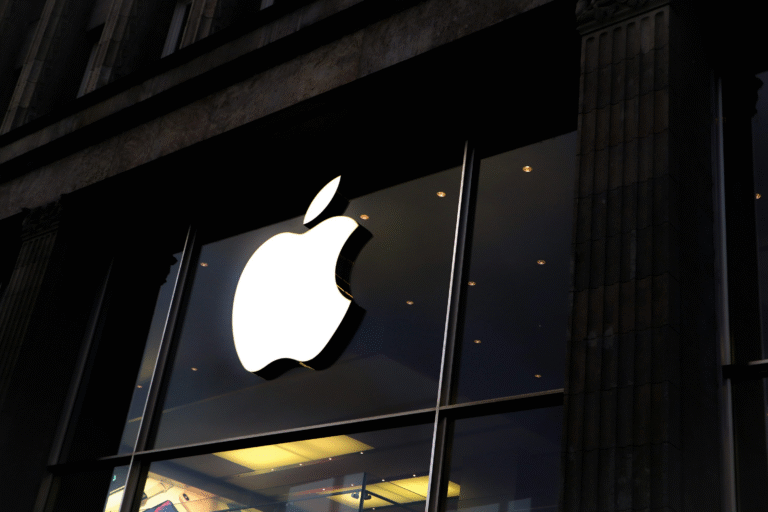It’s been a notable year for the crypto market, and we’re only halfway through 2024. Bitcoin’s price surged over 46% in the first six months, significantly outpacing the S&P 500’s 15% rise.
A major highlight was the U.S. Securities and Exchange Commission’s approval of spot Bitcoin exchange-traded funds, a first, which greatly increased institutional investment in cryptocurrencies. Additionally, Bitcoin underwent its fourth halving, an event that occurs approximately every four years after 210,000 blocks are mined.
However, as the second half of the year begins, the market faces disruption from Mt Gox. The defunct bitcoin exchange announced plans to distribute over $9 billion worth of funds to its creditors starting in early July. These payments, made in bitcoin, bitcoin cash, and fiat currency, caused Bitcoin’s value to briefly drop below $55,000.
Despite this short-term volatility, some market makers and investors remain optimistic about Bitcoin’s long-term prospects. Here’s a brief overview of the major milestones in the crypto market for 2024 so far, and a look at what might lie ahead for the rest of the year.
Bitcoin ETFs Debut on Wall Street
The SEC approved the first Bitcoin ETFs on January 10, which hit the stock market the following day. Since their inception, the 11 ETFs have amassed a total net inflow of $14.64 billion and a cumulative trading volume of over $310 billion.
Bitcoin experienced a significant price surge, reaching new all-time highs due to increased institutional adoption and favorable regulatory developments.
On March 14, Bitcoin hit a new all-time high of $73,794 before falling to between $60,400 and $71,700 amid significant volatility compared to previous months.
Several factors contributed to this volume:
The approval of spot Bitcoin ETFs in the U.S.
The launch of Runes in April, a decentralized protocol enabling the creation of fungible tokens directly on Bitcoin, which enhanced its functionality, scalability, and security, driving increased demand and transactions.
The Bitcoin halving on April 19, which was expected to push Bitcoin to new record highs. However, market dynamics have delayed a sustained rally, with analysts noting that historical price spikes often occur 8-9 months post-halving.








